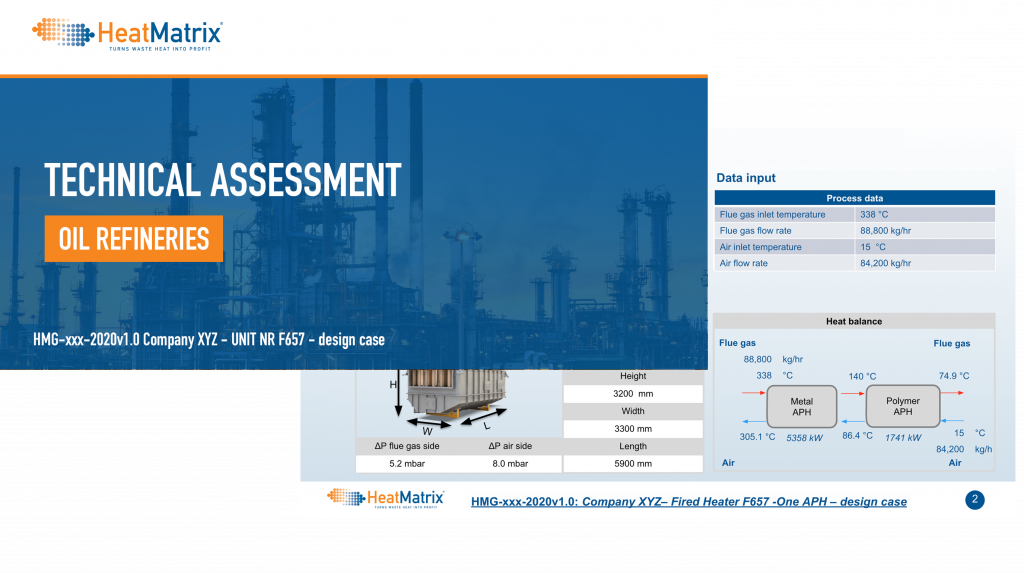Waste heat recovery systems for Flue gas in Oil Refineries
Risk of corrosion limits you to recover more heat from flue gas. With polymer heat exchangers you can recover additional heat below the acid dew point without corrosion issues.
Your fired heater is losing 10% - 20% of its energy via the stack
What is keeping you from recovering this waste heat?
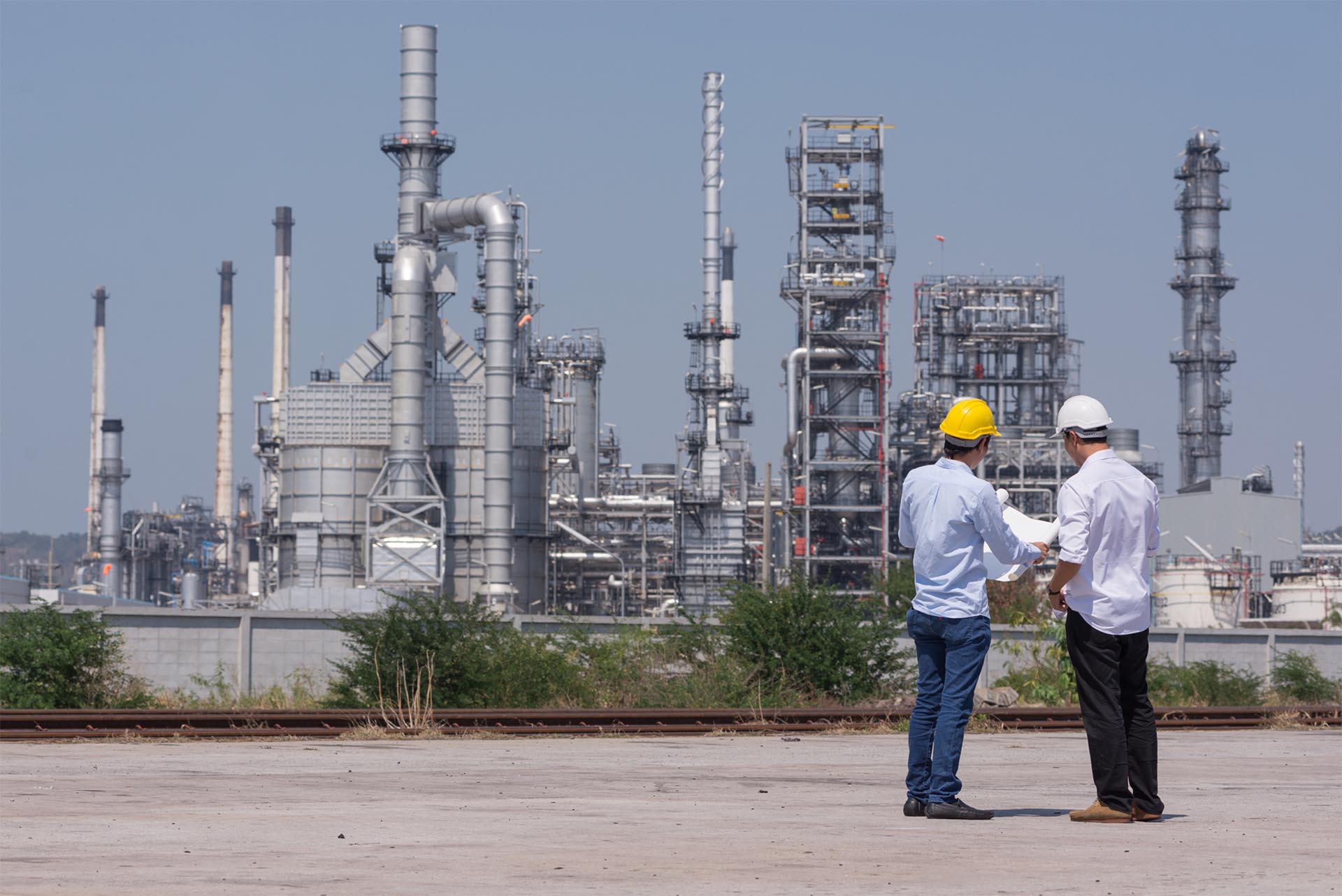
Identifying a robust solution?
Finding a technically feasible solution to recover and reuse waste heat is a challenge.
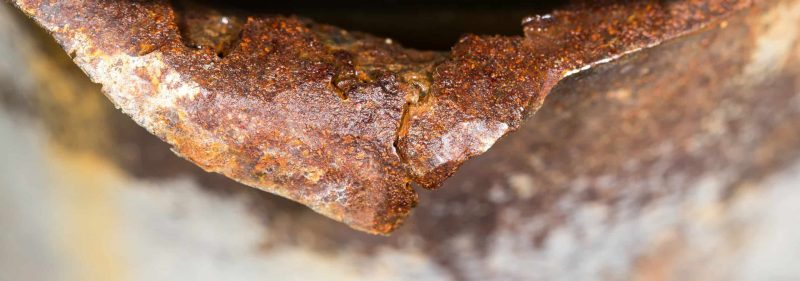
Corrosive and fouling flue gases?
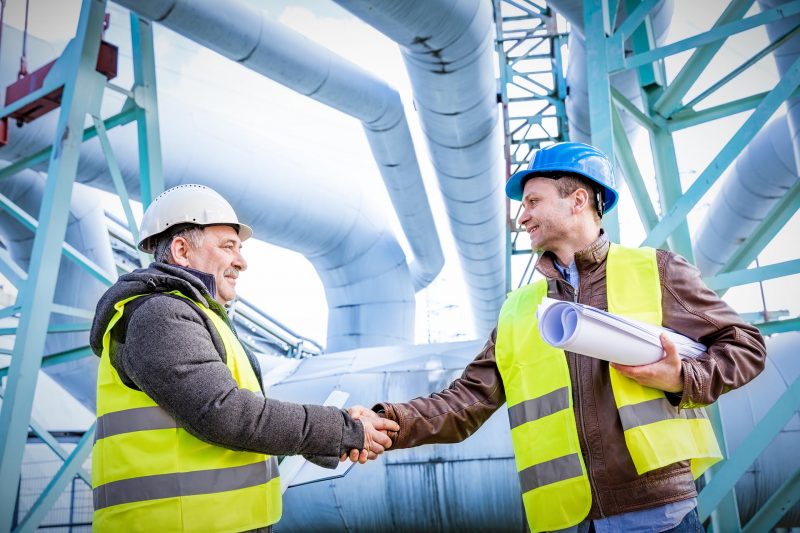
The business case?
The payback time of waste heat recovery options must be less than 5 years.
HeatMatrix engineers and manufacturers heat exchangers to recover waste heat and improve energy efficiency of Oil Refineries
Save up to 10% energy on your thermal process
Recover waste heat - that is now lost - from flue gas or exhaust air
- Heat recovery below the Acid Dew Point
- Improve thermal efficiency to >95%
- 3 - 5 year payback time
- Repeatable on most fired heaters
Your thermal process has waste heat recovery potential
Select your thermal process to find out how
Recover more heat on fired heaters
Fired heaters are used throughout the refinery to heat product streams. Additional heat recovered from flue gas is used for combustion air preheating.
Recover more heat on steam boilers
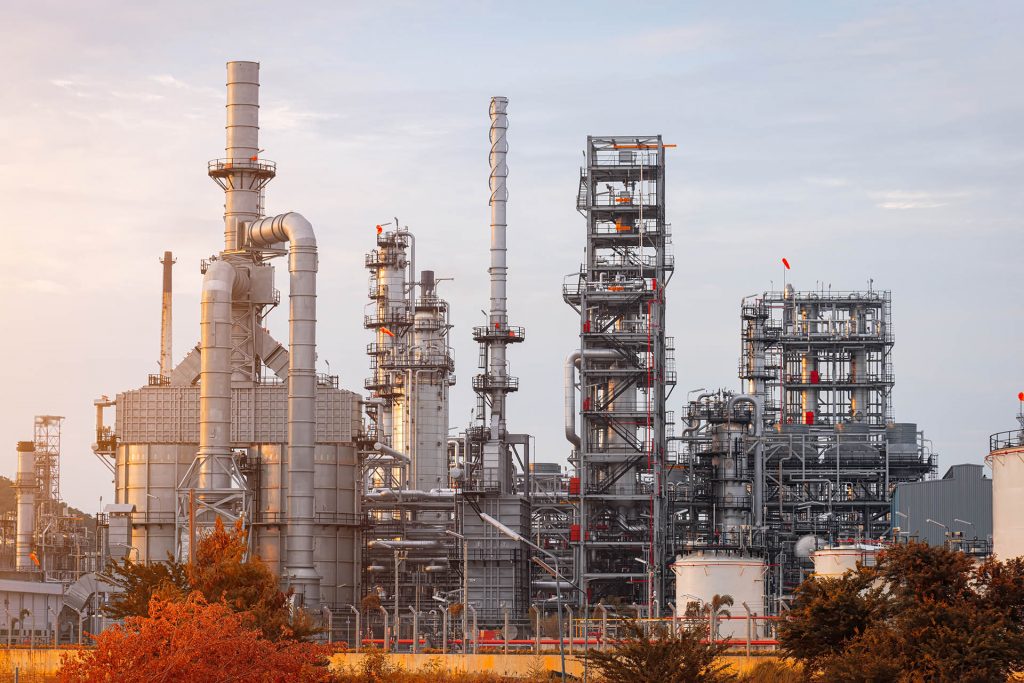
Fired heaters
Fired heaters are used throughout the refinery to heat product streams. Additional heat recovered from flue gas is used for combustion air preheating.
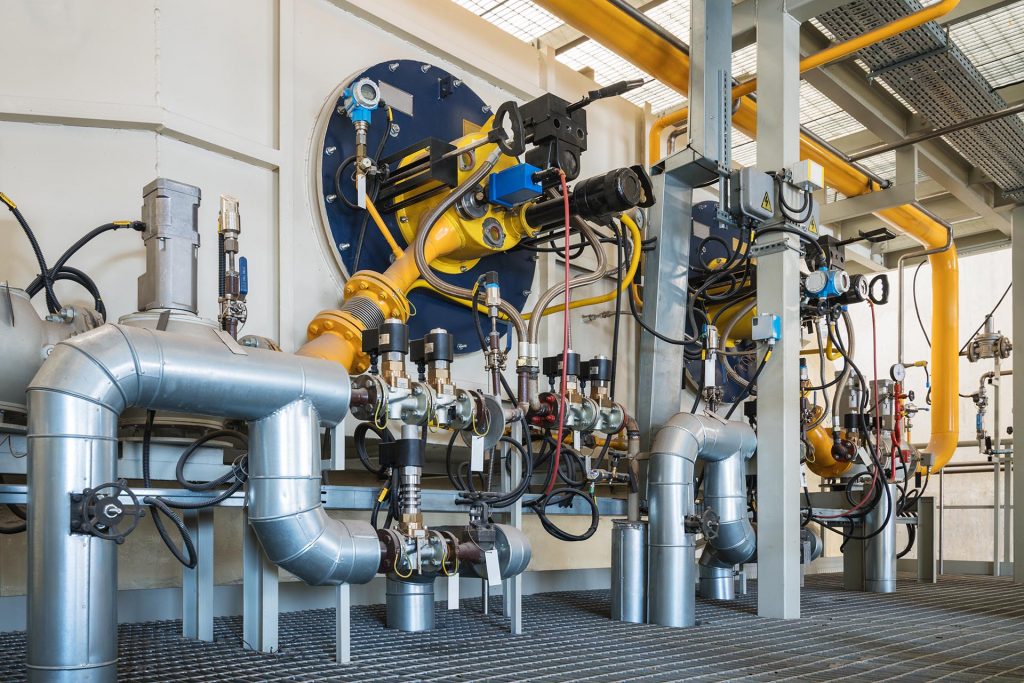
Steam boilers
Steam is made by firing fuels in a boiler. Additional heat recovered from flue gas is used to heat up water or preheat combustion air.

RTO and Incinerators
How waste heat recovery systems work
Capture waste heat
When hot flue gas leaves the stack it still contains a significant amount of energy. Our heat recovery system captures this heat from fired heaters, boilers, RTO’s or incinerators.
Preheat combustion air or water
Cold combustion air, make-up water or boiler feed water is heated with the recovered waste heat. This directly reduces the consumption of fossil fuels. When your installation is duty limited, pre heating combustion air may increase the capacity.
Our waste heat recovery systems for Oil Refineries
Polymer Air Preheater
Warm up combustion air by extracting heat from flue gas. The air preheater is corrosion resistant, easy to maintain and to clean.
Stainless steel or Polymer Economiser
Warm up boiler feed water or make-up water with waste heat from flue gases. The economiser is corrosion resistant and easy to maintain and to clean.
A 100,000 bbl/day refinery can save an additional 14 MW thermal energy and reduce 26,000 ton of CO2 every year
Refinery fired heater - CDU
4% increase of furnace efficiency
To reduce its carbon footprint, a refinery is focussing on waste heat recovery. A lot of heat is lost via the stack with the potentially corrosive flue gas. The customer wanted to recover a part of this heat.
So far no heat recovery was performed because of the corrosive nature of the flue gas. When the flue gas is cooled, sulphuric acid is formed and corrosion occurs inside the heat recovery system. The HeatMatrix polymer Air Preheater was selected because it can handle the formed sulphuric acid and makes additional heat recovery possible.
After the HeatMatrix polymer Air Preheater was installed, furnace efficiency increased with 4%. Corrosion rates downstream of the heat recovery system remained below 0.1 mm/year.
Your path to lower CO2 emissions, energy consumption and costs

Technical assessment
Our process engineers assess the technical feasibility of additional waste heat recovery on your process. The potential reduction in CO2 emissions and energy costs are determined.
Heat exchanger design and Business Case
A proposal is made that shows all technical details and an economic assessment with payback time. You have everything you need for approval to start a feasibility study.
Feasibility study
FAQ's
How to reduce CO2 emissions in an Oil refinery?
In an oil refinery, a number of thermal processes are in operation, mostly fired heaters. On these thermal processes high grade heat is lost through the stack through hot flue gas. This can be as much as 10 to 20% of the primary energy. By recovering the heat from flue gas to preheat combustion air, a significant reduction in energy and CO2 emission can be achieved.
Payback time waste heat recovery system in an Oil refinery?
Making your thermal processes more efficient reduces fuel consumption and therefore lowers fuel costs. Making the heat recovery resistant to corrosion enables a refinery to recover more heat when they use fuels that contain sulphur like fuel gas and fuel oil. Clients have improved their efficiency by 5 to 10% and achieved payback times of 3 to 5 years. Request a free Technical Assessment to get insight in your saving opportunities.
Required plot space for a heat exchanger in an Oil refinery?
Space is often a constraint in refineries. The footprint of the heat exchangers can be adjusted based on available space. Because of their low weight, polymer air preheaters of HeatMatrix can easily be put at elevation.
Technical assessment of waste heat recovery in your Oil Refinery
Our process engineers assess the technical feasibility of additional heat recovery on your process. The potential reduction in CO2 emissions, energy consumption and costs are determined.
- Analysis of your thermal process
- Minimal input data required
- Business case on your savings potential
